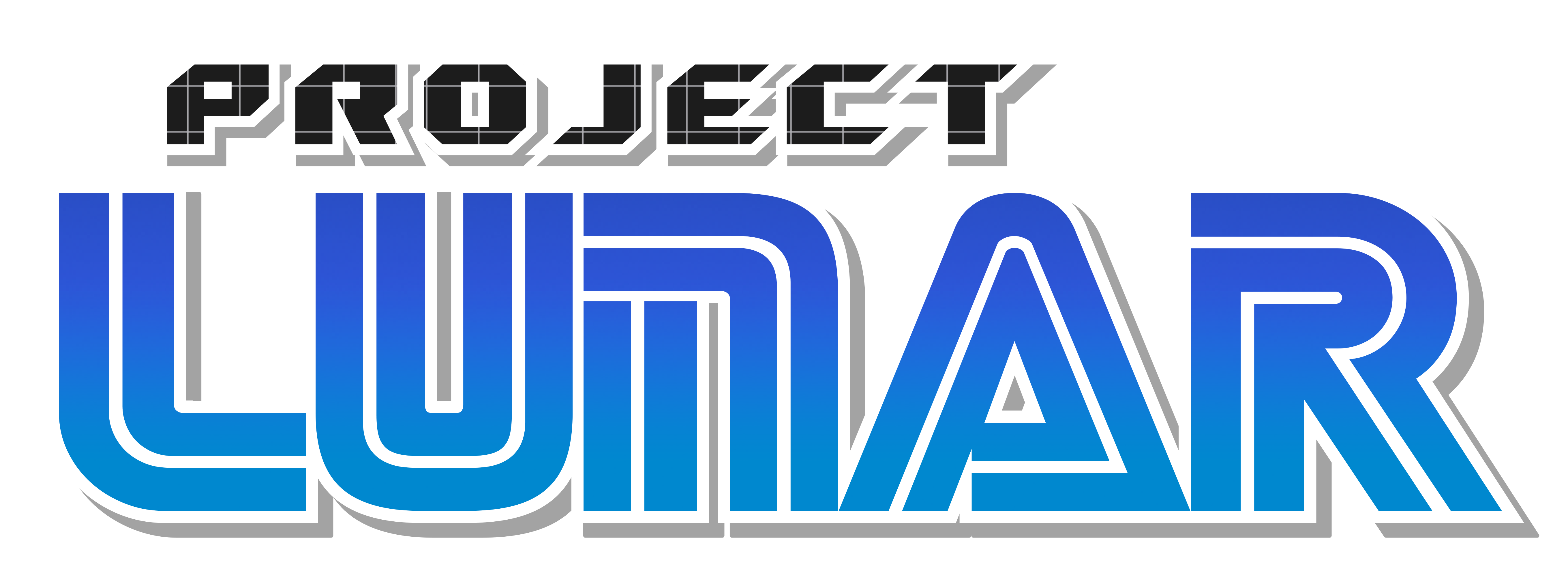
Installing Project Lunar on VirtualBox for MacOS/Linux
This tutorial assumes you’re running OS X Catalina. Beginning with Catalina, Apple removed 32-bit package support from Mac OSX. As such, there is no compatible version of wine that can be installed in Catalina. As a result, you must emulate an operating system that has 32-bit package support, or a version of Windows that allows installation of Windows 32 bit WinForms applications.
This means:
- Windows 10 in S mode is not compatible with Project Lunar
- Windows RT is not compatible with Project Lunar
Additionally, while is is possible to install the Project Lunar Desktop UI application on Windows 7, there are additional difficulties related to system DLLs that cause some issues, and additional configuration. Because of this, Windows 7 is not recommended.
Prerequisites
- VirtualBox 6.0+
- VirtualBox Extensions Pack (Obtained from the same link as above)
- MSEdge.Win10 Image
- Project Lunar
- A cup of coffee
Downloads:
Download the VirtualBox package as highlighted in the screenshot below. Any future VirtualBox 6.0 version should also work, though there could be minor UI changes in the program.

Download the extensions package in the screenshot below.

Microsoft provides virtual environments for testing which can be used to test the install Project Lunar. Alternatively, any fully-licensed version of Windows 10 or existing Windows 10 virtual machine is compatible.

Installation:
Download and run the VirtualBox Installer. Depending on your current security settings it may fail unless you tell macOS to allow it in the permissions.
For more information related to these settings, see https://support.apple.com/en-us/HT202491

Run the VirtualBox.pkg and follow the on screen instructions.
Once VirtualBox is installed, you’ll want to navigate to Applications and run it by clicking this icon.

Next, run the Extensions installer, and you should finish with this prompt.

Open the testing MSEdge.Win10 Archive, if utilizing the Windows 10 testing image discussed
previously.

Take note of the extracted folder location and return to VirtualBox.Click the Import button.When the Appliance Import file browser opens, select the MSEdge OVF file extracted in the previous step.

Click continue.
Click Import when greeted with its information page.
Importing a virtual machine image takes a few minutes and depends upon host computer system specs.

Before starting the VM, you enable passthrough by putting your SEGA in FEL mode. Boot your mini into FEL mode by following the next steps:
- Power off the Sega
- Plug a USB data cable into the back of your computer, and into the micro USB port on the back of the SEGA.
- Please note: the cable that shipped with your SEGA is a power-only cable, and will not work for this process
- Remove the USB power cord from the back of the unit
- Flip the power switch to ON
- Hold down the reset button while you plug in USB. Your host operating system should detect a new device plugged into its USB port.
In VirtualBox, highlight the Windows VM, Click on Settings in the Toolbar. Go to to Ports > USB. Activate the USB-Controller that the device is connected to on the Mac side (System Profiler > USB should tell you) if in doubt 2.0 should work.

Start the virtual operating system.The Windows 10 images provided by Microsoft utilize Passw0rd! for the default user password.Download and install the Project Lunar Desktop UI to your Virtual Machine.

Click Install/Uninstall
Due to installing the program inside a VM, the first attempt at installation my fail., During this process, the Project Lunar Desktop UI will install the USB driver for mini consoles. For this driver installation the previous FEL mode boot instructions are necessary. Later, when syncing games, normal power operation for the SEGA is all that is required.
If driver installation succeeds, an installer screen like the image below should appear:

Once completed the program may hang at “Waiting for reboot..”, this is due to the Virtual Machine passthrough.
Click the USB icon in the bottom right of the VirtualBox Virtual Machine window, and enable the device “USB Developer Android” in the image below:

